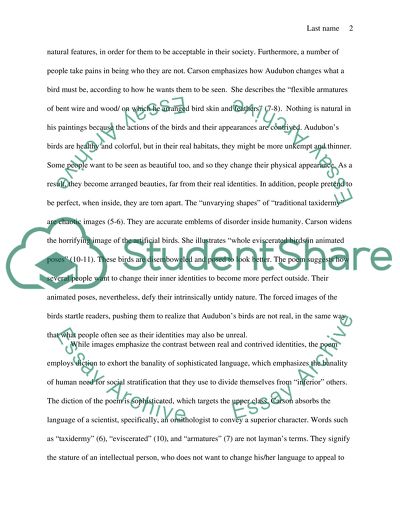Cite this document
(“Idealized versus Real Identity in Carson's Audubon Essay - 2”, n.d.)
Idealized versus Real Identity in Carson's Audubon Essay - 2. Retrieved from https://studentshare.org/visual-arts-film-studies/1469018-essay
Idealized versus Real Identity in Carson's Audubon Essay - 2. Retrieved from https://studentshare.org/visual-arts-film-studies/1469018-essay
(Idealized Versus Real Identity in Carson'S Audubon Essay - 2)
Idealized Versus Real Identity in Carson'S Audubon Essay - 2. https://studentshare.org/visual-arts-film-studies/1469018-essay.
Idealized Versus Real Identity in Carson'S Audubon Essay - 2. https://studentshare.org/visual-arts-film-studies/1469018-essay.
“Idealized Versus Real Identity in Carson'S Audubon Essay - 2”, n.d. https://studentshare.org/visual-arts-film-studies/1469018-essay.


